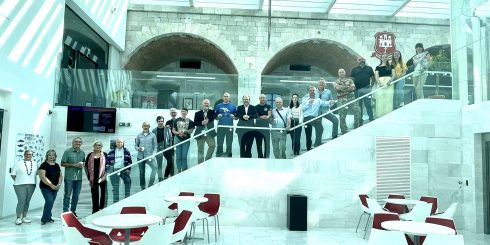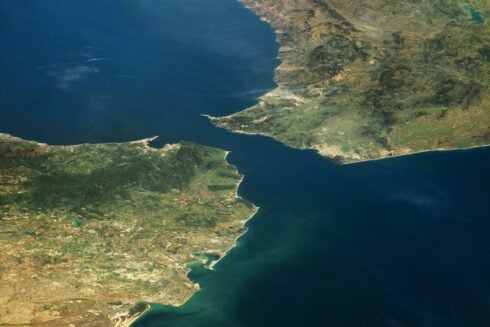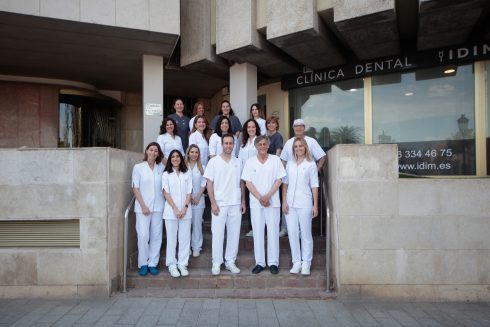SCIENTISTS from around the globe took part in a two-day workshop at the University of Gibraltar on how best to preserve Windmill Hill Flats.
Minister of the Environment John Cortes, who opened the summit, called the military training area a ‘gem of Gibraltar’s environment’.
The conference will pioneer a research and conservation project funded by the UK’s Darwin Plus programme.
It is the first time in over ten years Gibraltar has received UK cash for such a project.
Professor Julia Fa, Research Fellow at the University of Gibraltar will lead the workshop on the diversity of Windmill Hill Flats.
Universities from Malaga, Auckland and Rome will bring an international flavour to the event.

Gibraltar’s department of the environment, its botanic gardens, GONHS, ESG and Save Gibraltar Street Cats will provide the local knowledge.
Windmill Hill is protected as part of the Gibraltar Nature Reserve.
But its unique biodiversity means it is an Emerald Site under the Bern Convention.
The site, overlooking Europa Point, has plants and habitats that are unique to Gibraltar.
It is the main nesting site for the Barbary Partridge and an area where migrating songbirds visit from the area around the Rock.
Plans to protect it will include a list of possible threats and possible solutions to these problems.
The scientists will even look at how they can reintroduce species like the Ocellated Lizard to Windmill Hill Flats.
“The project brings together an impressive group of experts from Gibraltar and around the world, with the aim of studying and improving this gem of Gibraltar’s natural environment,” Cortes said.
“I am very pleased to support it, and excited to also be part of the scientific team working on it,” he added.
ALSO READ:
- New Gibraltar nature reserve website offers more options than ever before for international visitors
- New green macro bill secures environmental protection for Gibraltar’s nature for future generations
- UK nature conservation experts tour Gibraltar sites and give workshop on biodiversity
Click here to read more Gibraltar News from The Olive Press.








